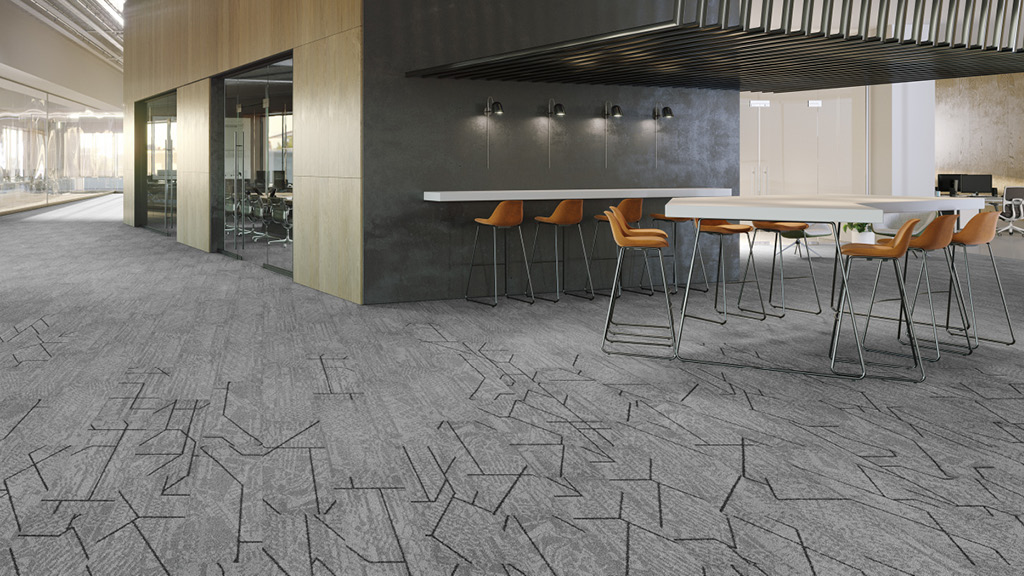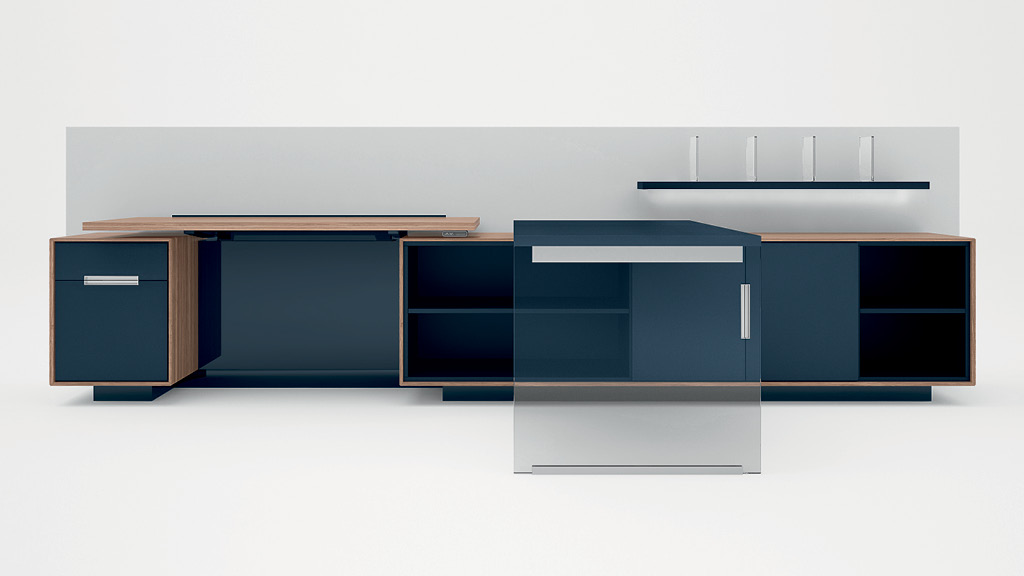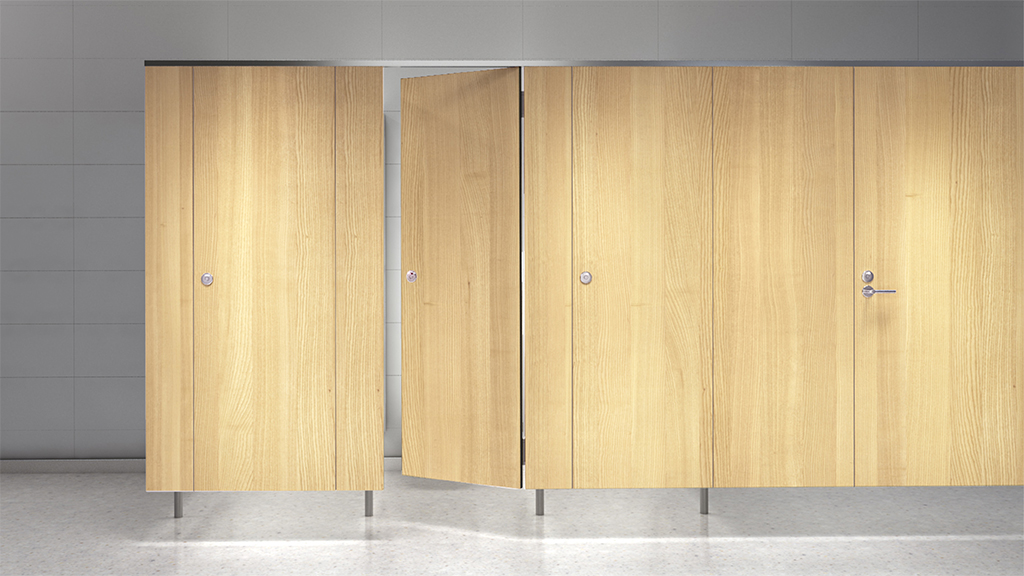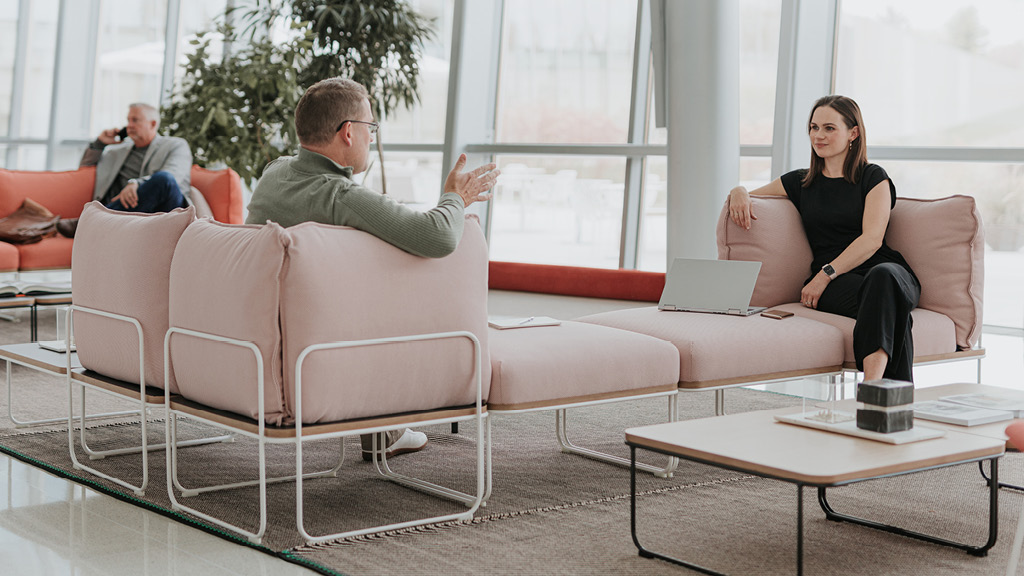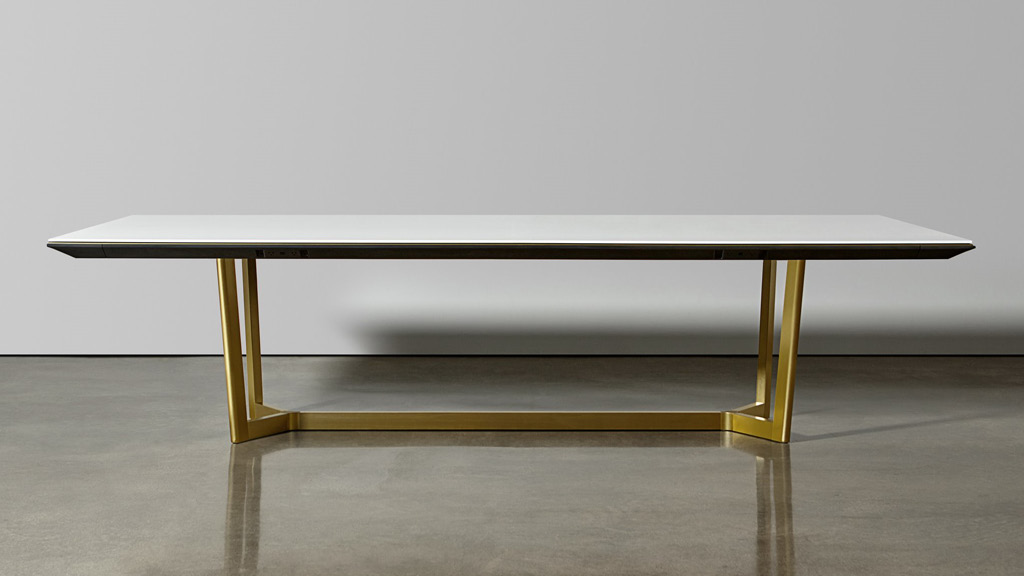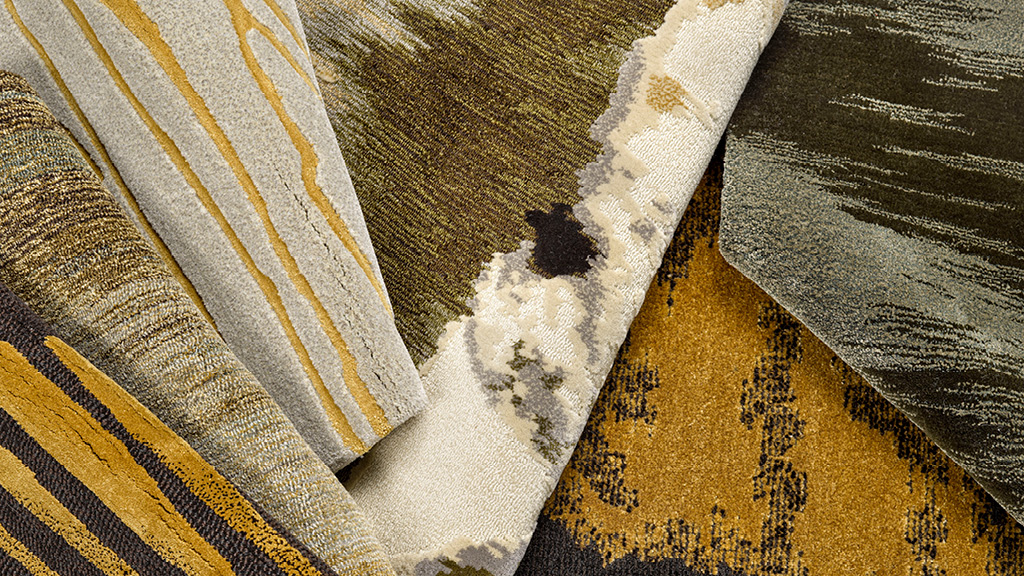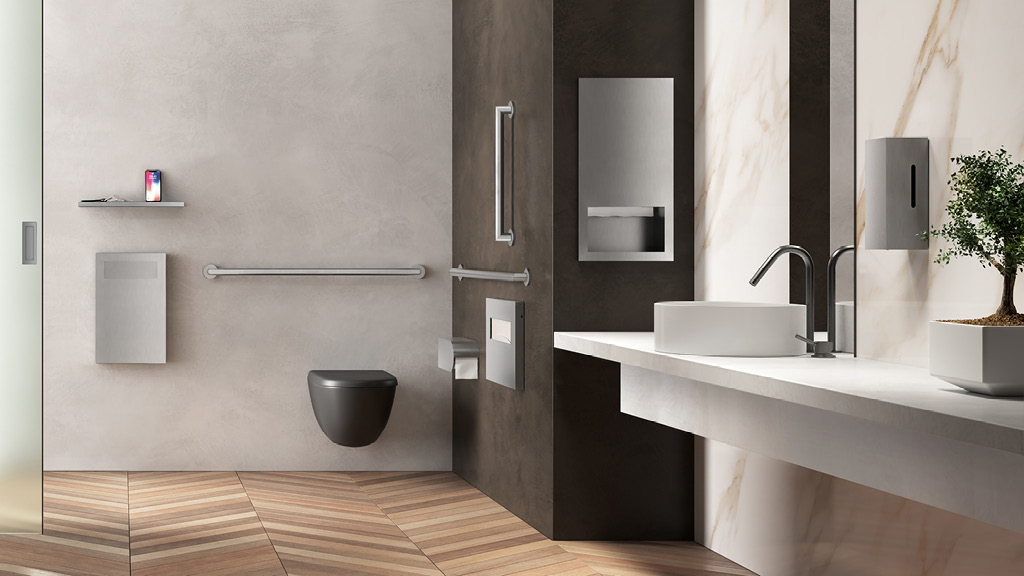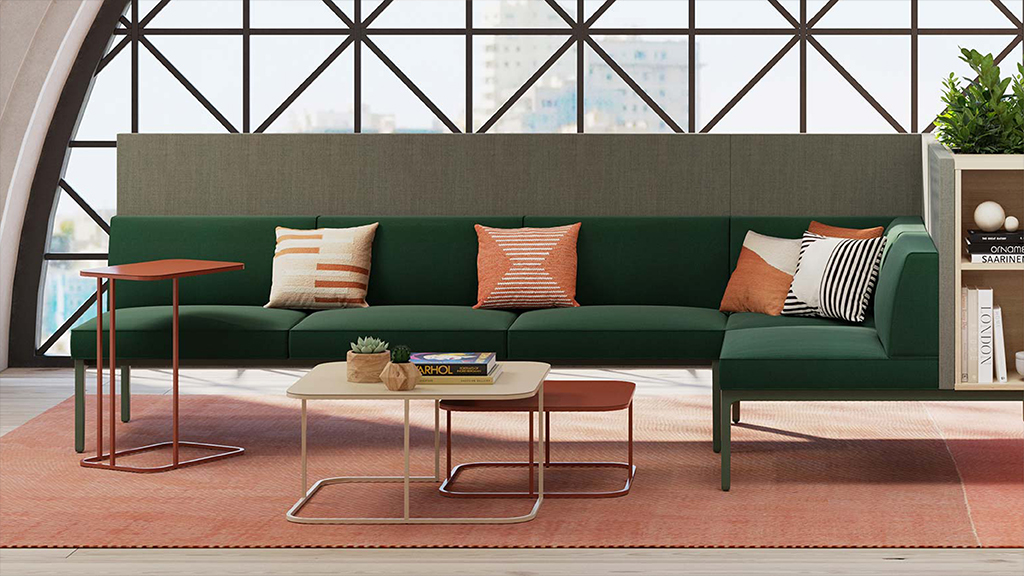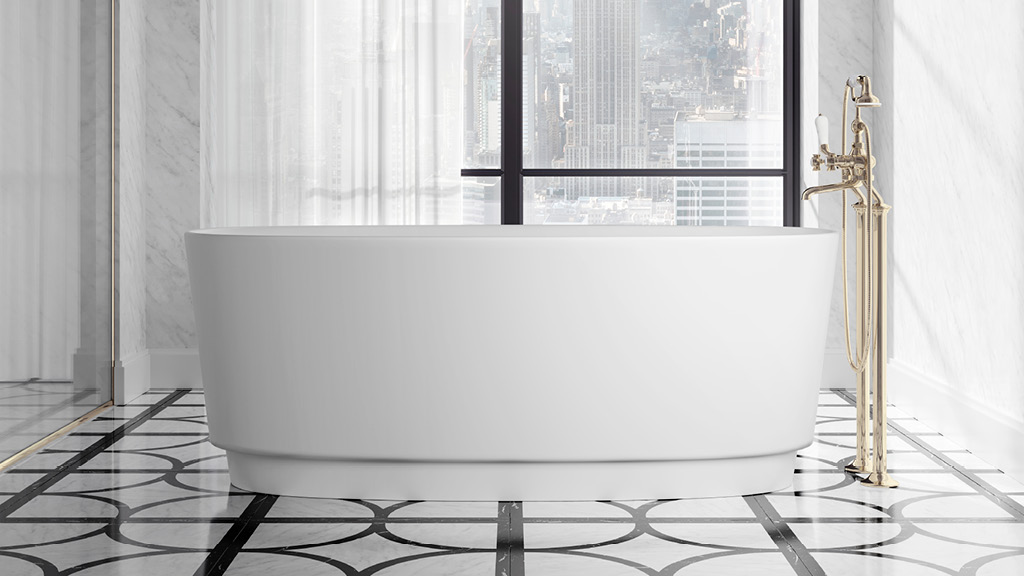Product Development
Great product design starts with great insights, and great insights are powered by a broad perspective. Gensler’s Product Development practice harnesses the knowledge of the world’s leading A&D firm to ignite innovation.
Arper | Mixu 02
“
The one common denominator in product design is flexibility. Whether that’s expressed through adjustability, reconfigurability, hackability, or other devices of user control, it is the key way that product design can assist interior designers in creating the best spaces for the evolving workplace.
—Scott Star, Product Development leader
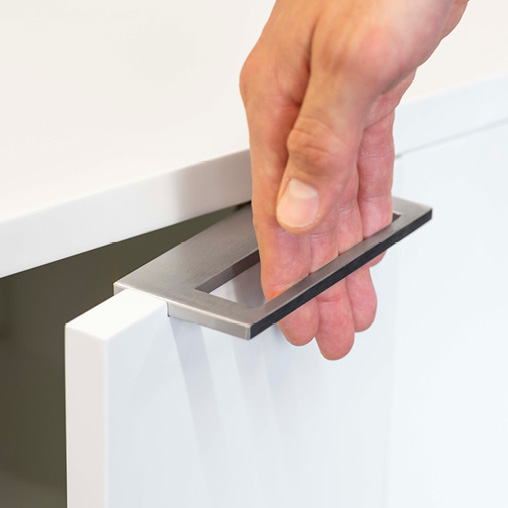
PBA
To help disambiguate edge pull use, Gensler designed a collection of seven millwork pulls — three of which are edge-mounted while conforming to the intent expressed in the current ADA accessibility guidelines.
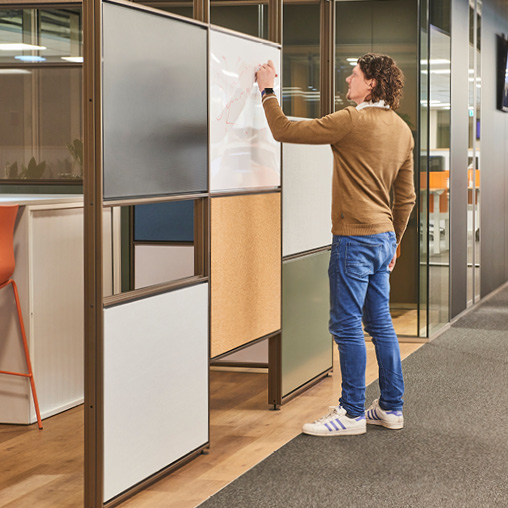
Maars Living Walls
Maars Living Walls is a partition system that allows employees to easily restructure and repurpose the many open areas of an office.
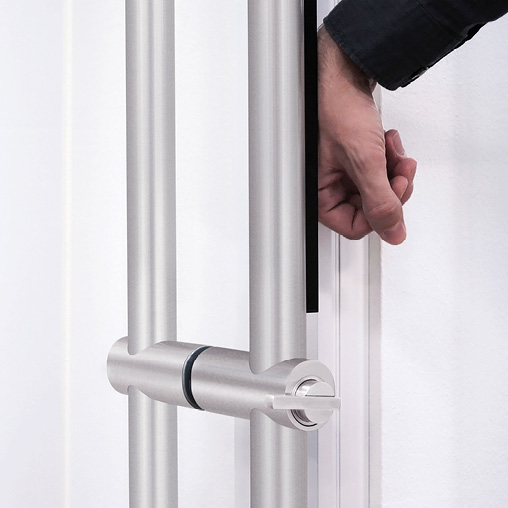
PBA
Gensler designed a Single-Motion Unlocking Door Pull, where sliding, pushing, or pulling the door open from the inside simultaneously releases the bolt and thumbturn.
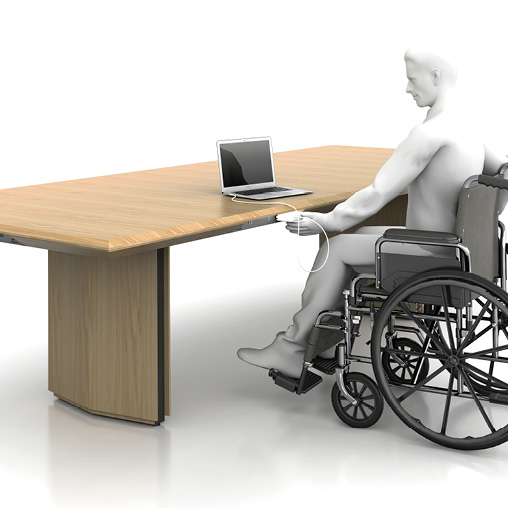
Nucraft
In designing Nucraft’s conference furniture collection, Gensler not only observed the relevant ADA guidelines for all rectangular and boat-shaped tables, but it also integrated other accessibility features.
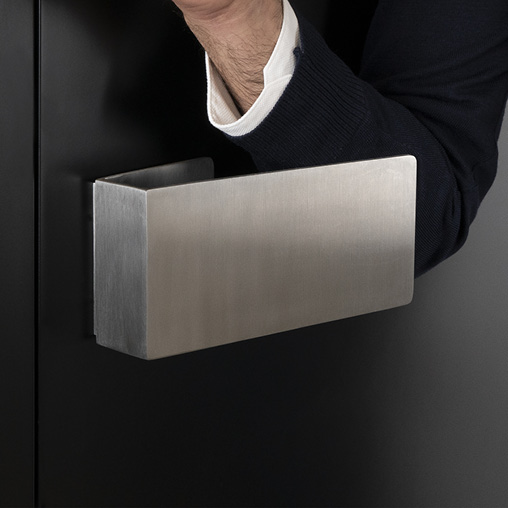
PBA
Gensler designed a collection of Hands-Free Door Pulls that synthesize functionality and sculptural elegance to prove, once again, that high-utility products don’t have to undermine the visual integrity of a space.
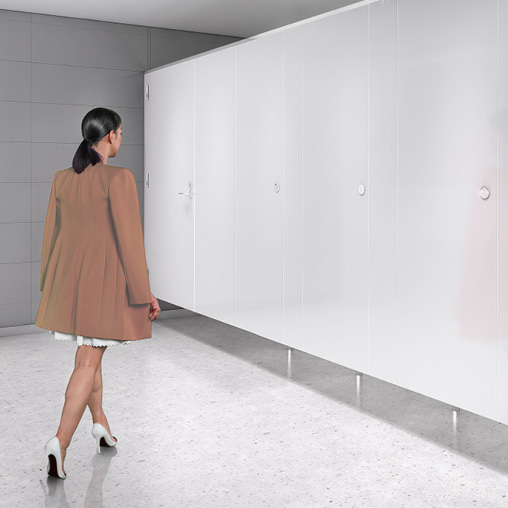
Bobrick
Engineered with interlocking, peek-proof panels that configure to form standard and ADA-compliant bathroom stalls, Privada brings a level of elegance to the commercial restroom experience.
Client Services
As strategists and designers working with manufacturers, we boost a product’s commercial appeal and optimize end user experience.
Mohawk Group | Smart City
INSIGHTS

Blog
Gensler’s D.C. Office Expansion, Renovation, and a Groundbreaking New Way to Break Down Broadloom Carpet
An office expansion pushes ideals around material reuse in a circular economy, sustainability, and workplace design.
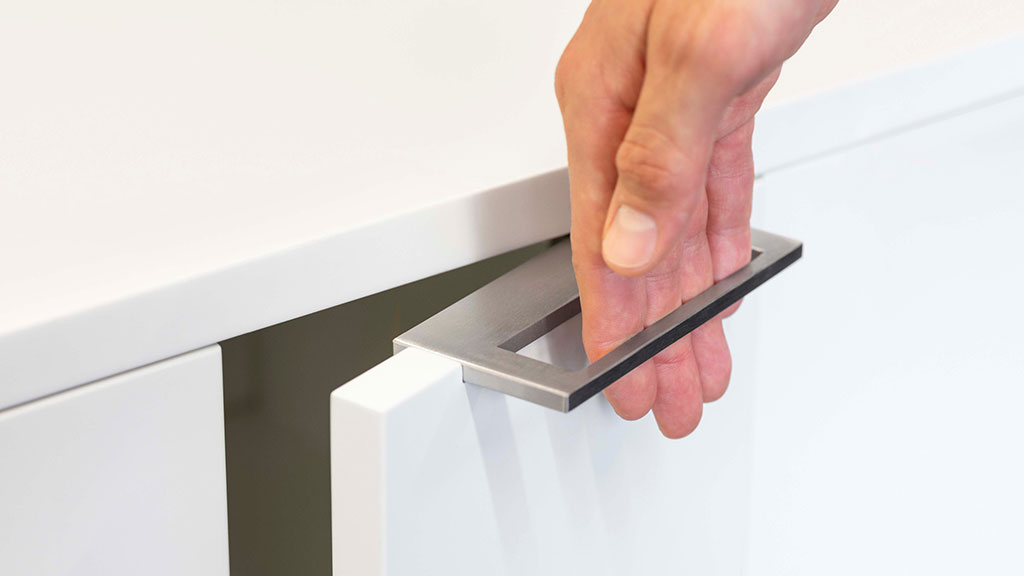
Blog
Inclusive Product Design Should Never Exclude Style
Products that are ADA compliant are typically well-engineered, but often bulky, institutional in appearance, and emotionally dispiriting — and millwork pulls are no exception.
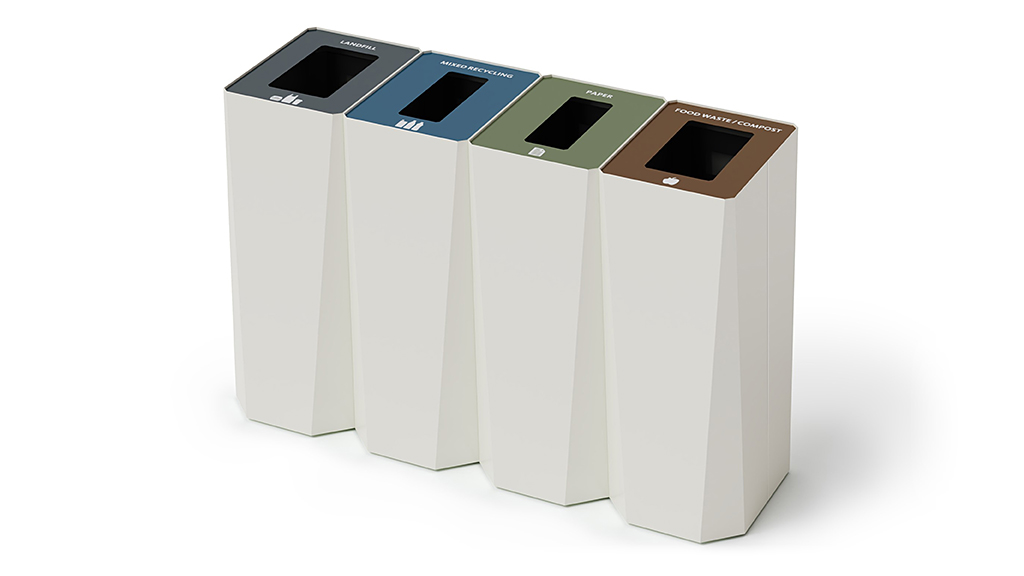
Blog
Blowing the Lid Off Product Design: 5 Tips for a Better Trash Receptacle
When it comes to commercial grade trash receptacles, there’s no shortage of ways to throw things out, but many available options still fall short of addressing clients' needs.
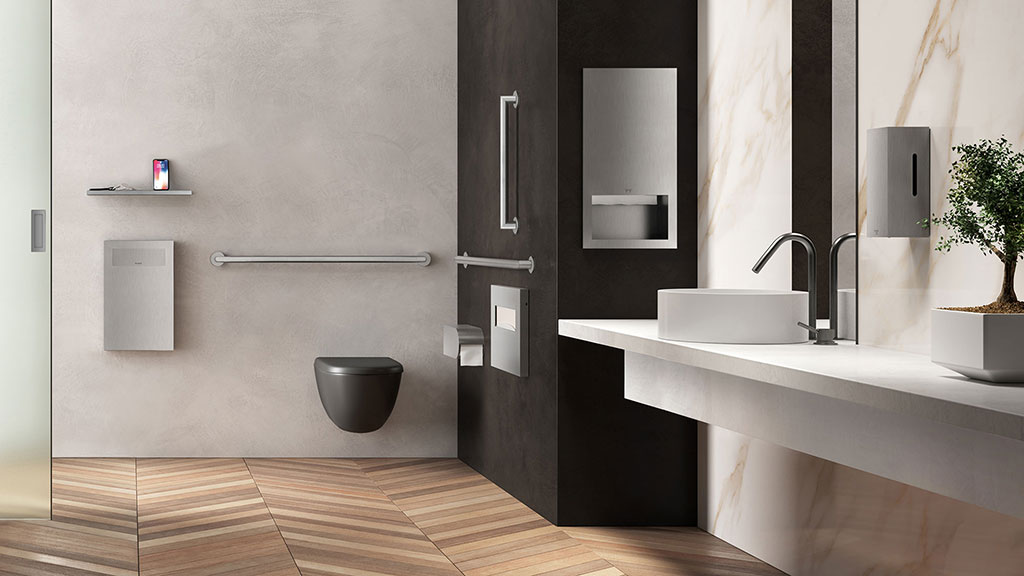
Blog
Product Design for a Better Bathroom Experience
Gensler’s product designers reimagined stainless steel bathroom accessories to deliver a better, more inclusive bathroom experience.
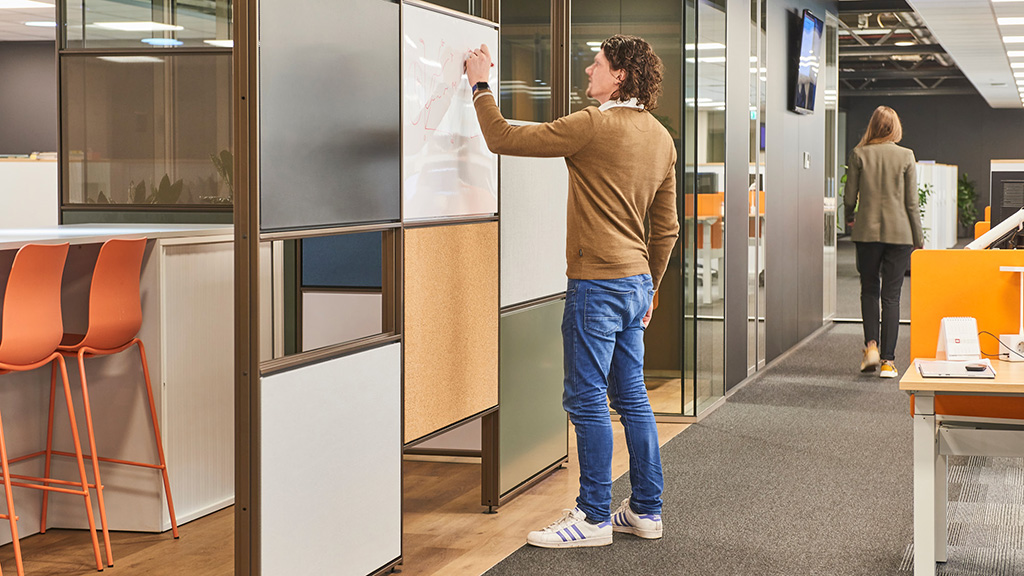
Blog
Product Design Gets Redefined When Creating a Wall for All
Working with our client, we designed a demountable partition system that allows employees to easily restructure and repurpose the many open areas of an office.
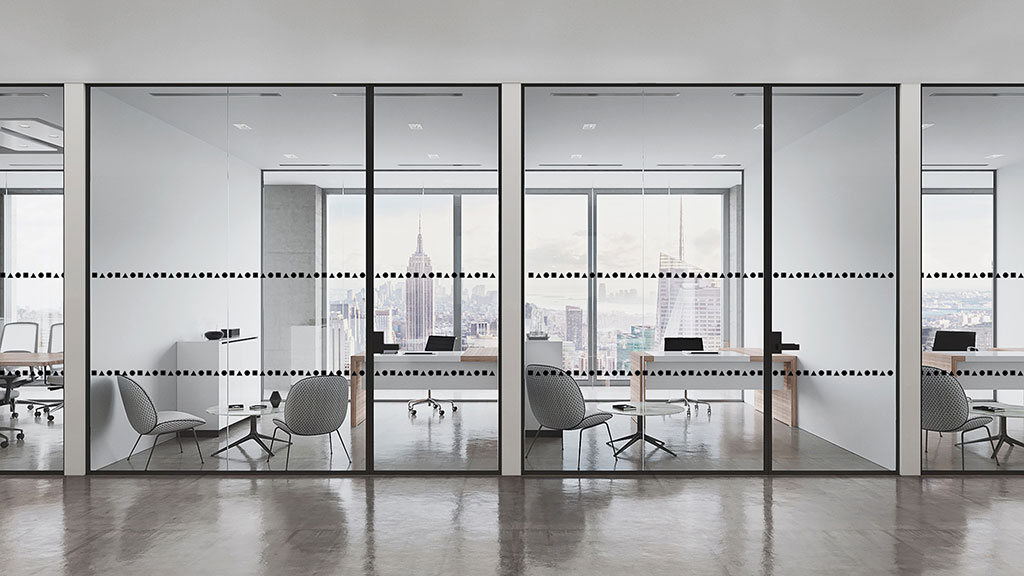
Blog
Product Design Gets Graphic: A Story of Life Safety
Many clients want custom glass graphics, but costs can be significant, and the process can take months. We partnered with a trusted manufacturer on a prepackaged program to offer a practical and convenient solution.
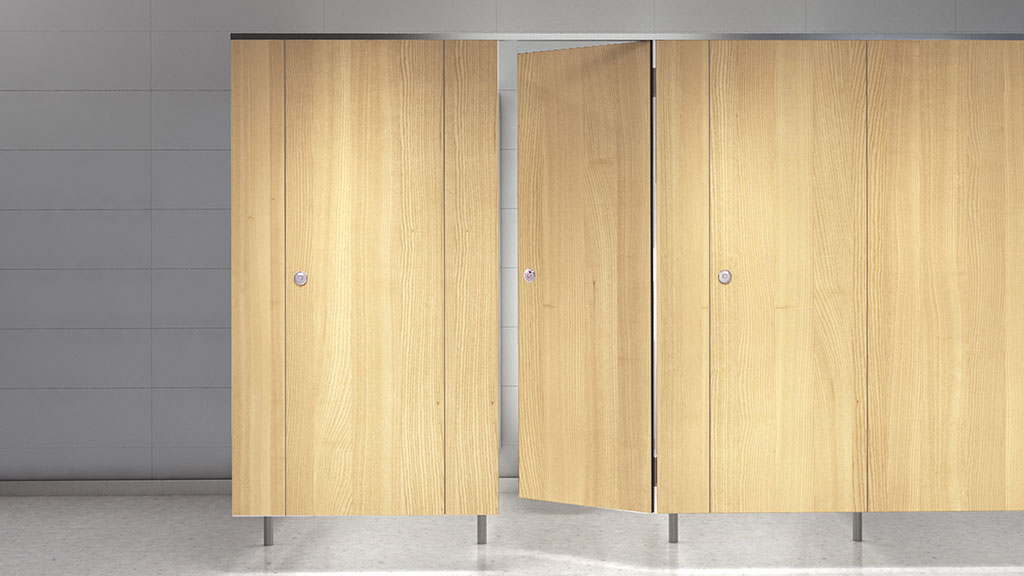
Blog
Product Design Takes a Bathroom Break
Hygiene enhancement is a cardinal objective when designing most products intended for public restrooms, but it’s not the only way to bolster end user confidence and comfort.
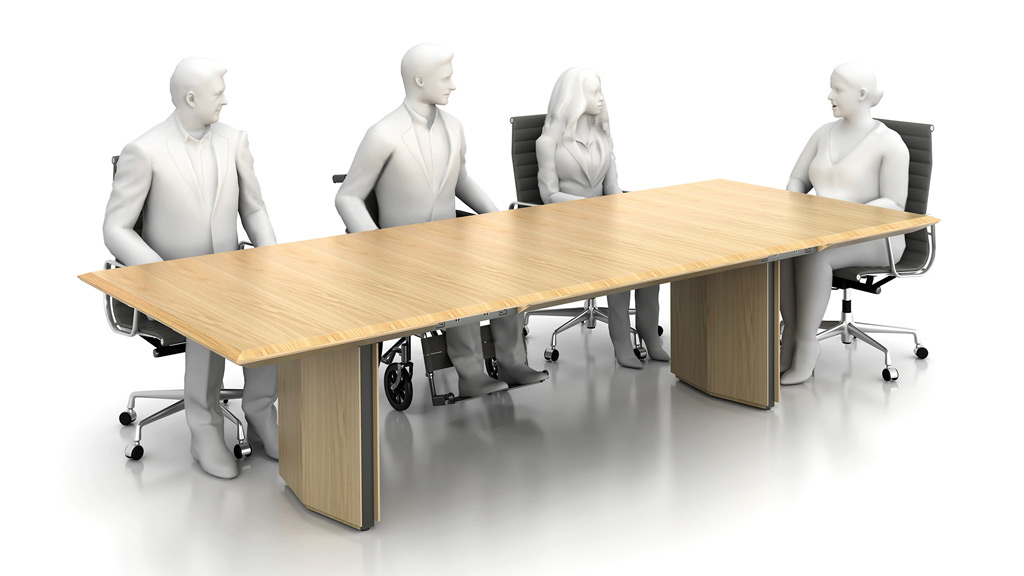
Blog
Inclusive Product Design: Everyone Has a Seat at the Table
With careful planning and thoughtful design, the conference room experience will be seamless for all users, and everyone will get the most out of the space.
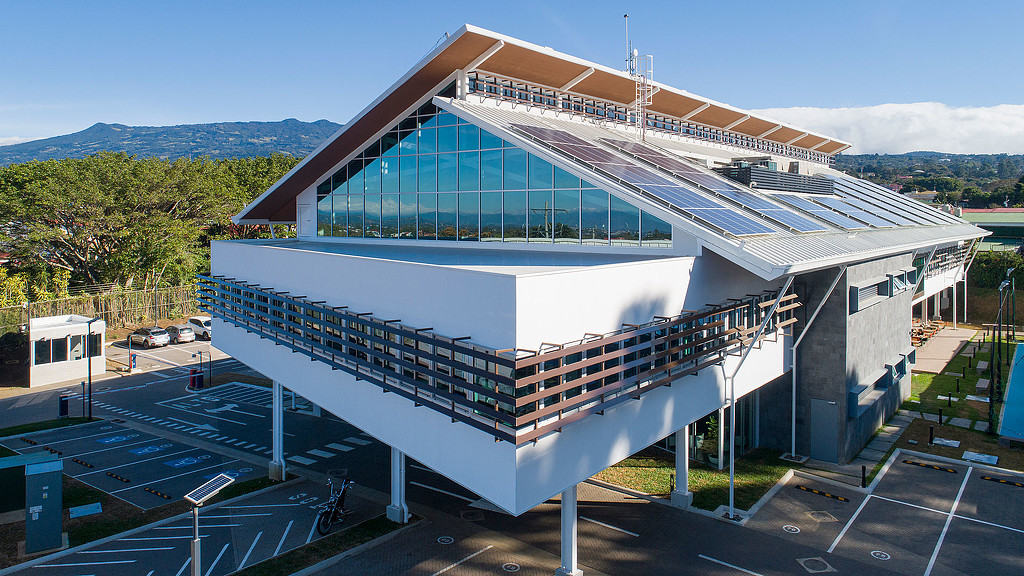
Blog
How Inclusive Design Supports Resilience and Climate Preparedness
We have an opportunity to design places that are inclusive, promote resilience, and make preparedness more accessible in the face of climate change events.

Blog
Product Design With the World in Mind: Just What the Doctor Ordered
As one of the largest specifiers of furniture, fixtures, and equipment (FF&E), many of our product design clients are asking for our reporting requirements for embodied carbon in order to be more responsive to project needs.
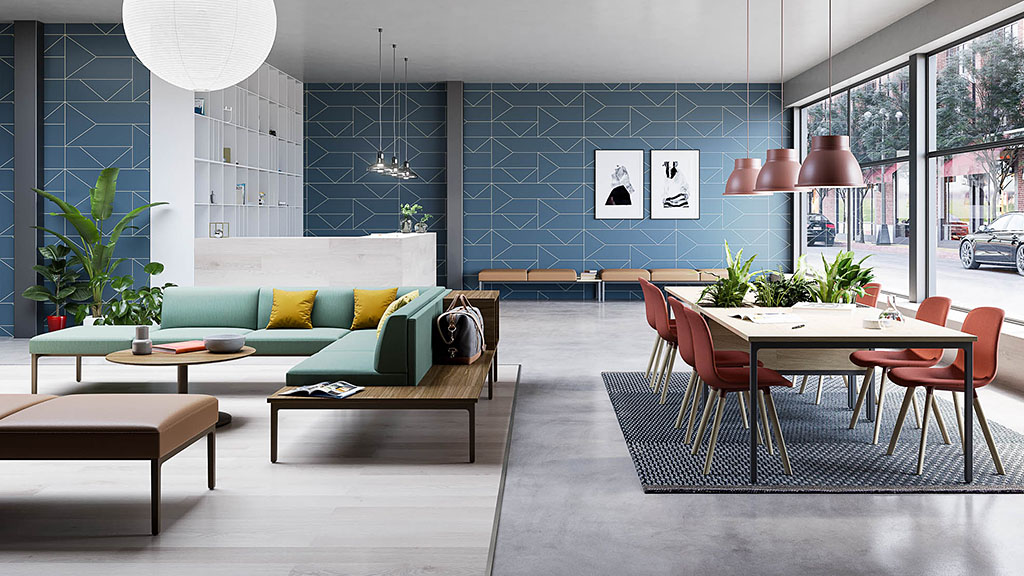
Insight
Design Forecast 2022: Product Development
As the market evolves, clients are looking for a larger scope of services — including sustainability consulting, ADA compliance reviews, and design visualization — to enhance the impact of their products.
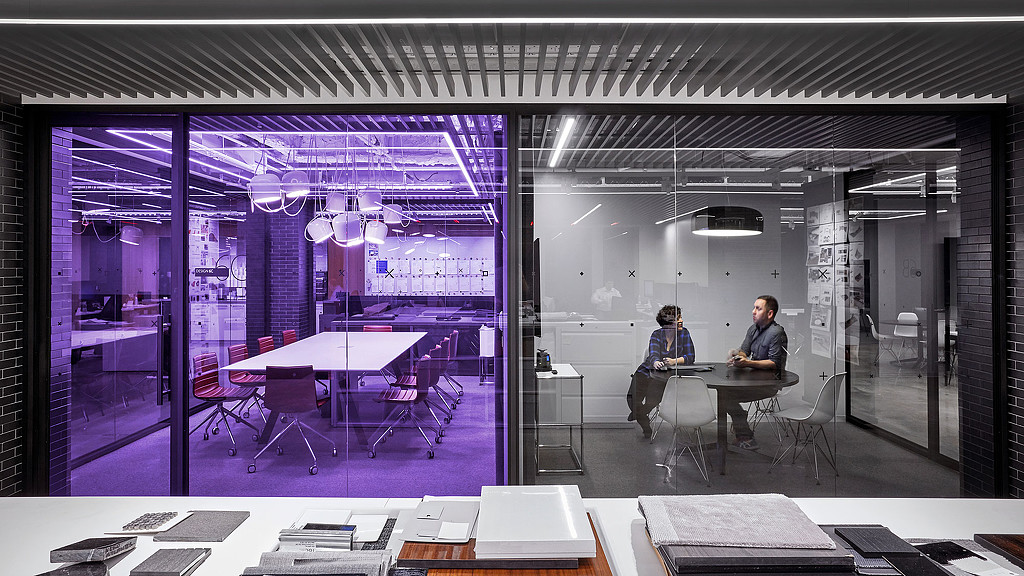
Blog
Product Design ‘Cleans Up’ and Office Hygiene Gets a Boost
As COVID-related office hygiene and cleaning protocols play a role in the return to the office, Gensler’s Product Development practice has a range of initiatives to help organizations take office hygiene to the next level.
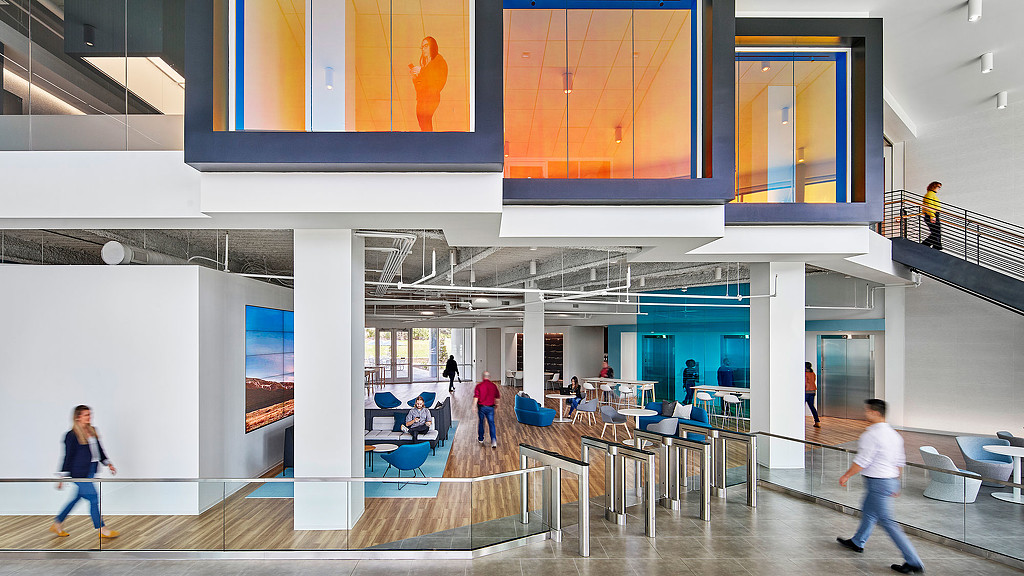
Blog
Why Inclusive Design Is a Critical Advantage in the War for Talent
For companies who are looking to compete in the war for talent by delivering a positive employee experience, inclusive design is a critical consideration.
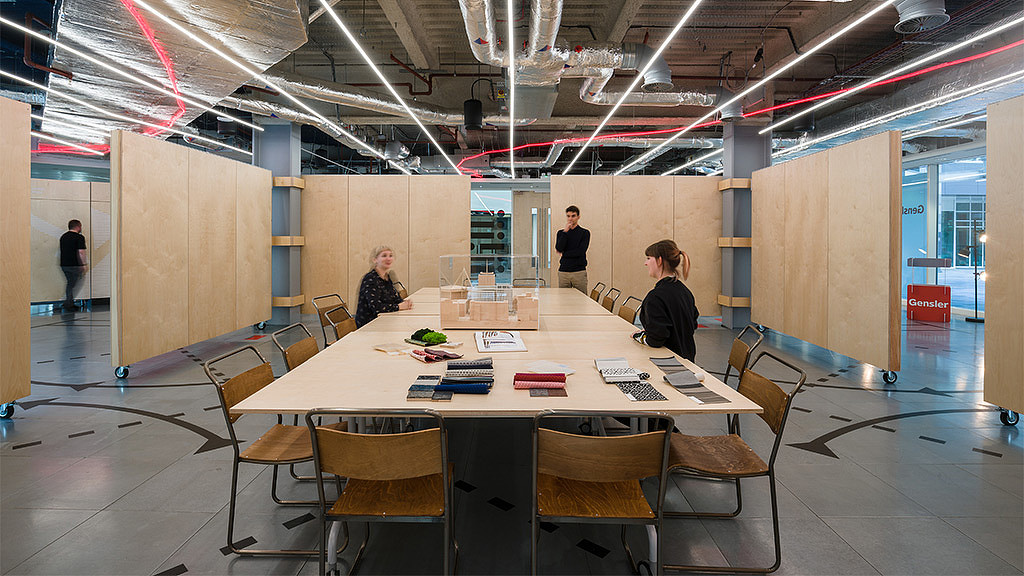
Blog
Navigating the Circular Economy: How Reusing Materials Saves Costs and Lowers Embodied Carbon
Here’s how companies can proactively decrease the carbon associated with materials in a building’s lifecycle and reduce debris and waste going into landfills.

Blog
Work From Home Product Design: How to Make a Desk Its Best
With more people working from home, the demands on the home office will evolve and consumers’ performance expectations for home office equipment — particularly the desk — are expected to increase.
Trends in Product Development
Intensifying demand for circular product solutions shapes the industry.
A&D clients are beginning to prioritize reuse, repair, remanufacturing, and recycling at the end of a product’s life, influencing makers to consider these strategies during the development process.
Premium, professional-grade products dominate in residential spaces.
More and more, consumers are seeking residential products that deliver the functionality and quality of professional equipment such as commercial-grade appliances, gym-quality workout machines, and high-performance office furniture.
The call for personalized and organized workspaces endures.
Regardless of where they work, people are seeking environments that allow for self-expression and greater organization, including the display of personal items and customization of storage.

PRODUCT DEVELOPMENT LEADERSHIP

Brandon Larcom
Product Development Leader
Brandon Larcom is a global leader of Gensler’s Product Development who specializes in business development and identifying future design industry trends.

Scott Star
Product Development Leader
Scott Star is a global leader of Gensler’s Product Development practice and Director of Product Development for its Northeast region.

Benjamin Holsinger
Design Resilience Leader, GPS Manufacturer Liaison
As Global Design Resilience Leader of Gensler’s Product Development practice, Benjamin Holsinger provides guidance on sustainable qualities. He is also the Manufacturer Liason for the firm’s Gensler Product Sustainability (GPS) Standards.
NEWS
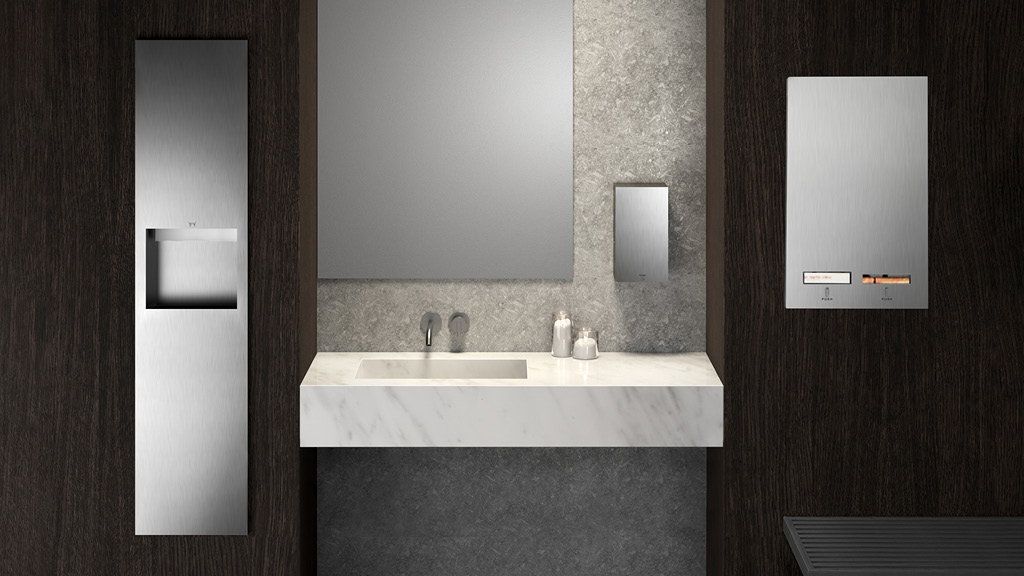
In The Media
![]() The Architect’s Newspaper
The Architect’s Newspaper
Design for All Bathroom Accessories Wins The Architect’s Newspaper 2024 Best of Products Award
Multiple products designed by Gensler’s New York office were recognized by the publication, including Design for All Bathroom Accessories from PBA.
September 06, 2024
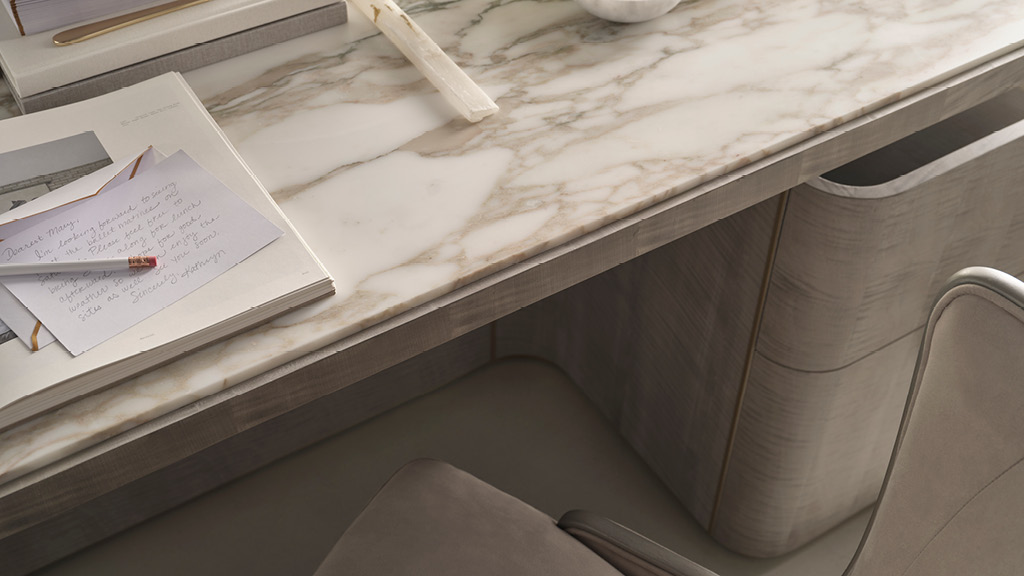
In The Media
![]() Design News Now
Design News Now
Baker and Gensler Collaborate on Modern Home Office Furniture
Design News Now covers the Spring 2024 launch of Gensler’s first home office furniture collection.
May 06, 2024
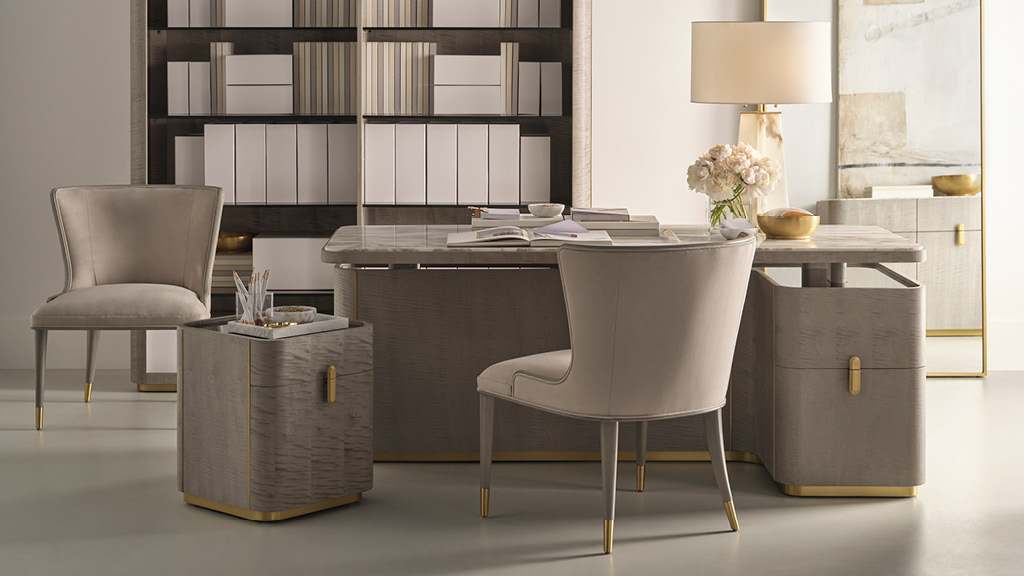
In The Media
![]() Officeinsight
Officeinsight
Better Options for Home Office on the Way
Officeinsight showcases Gensler’s collaboration with Baker to create a line of furniture that makes the home office more inspiring and productive.
May 06, 2024
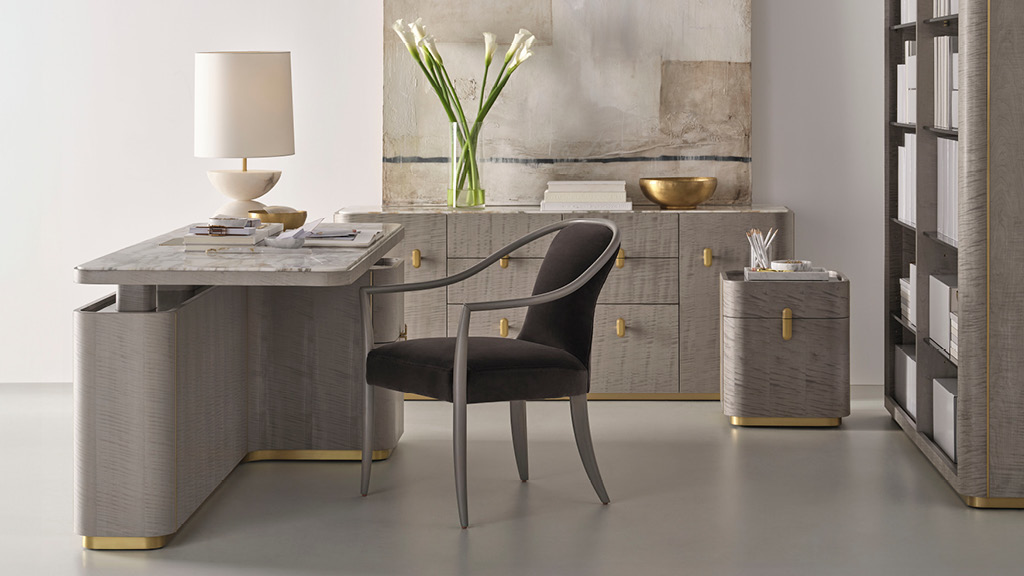
In The Media
![]() Business of Home
Business of Home
High Point Market’s Most Exciting New Collaborations
Business of Home features the launch of the BXG Collection, a new line of home office furniture designed by Gensler in collaboration with Baker.
April 02, 2024
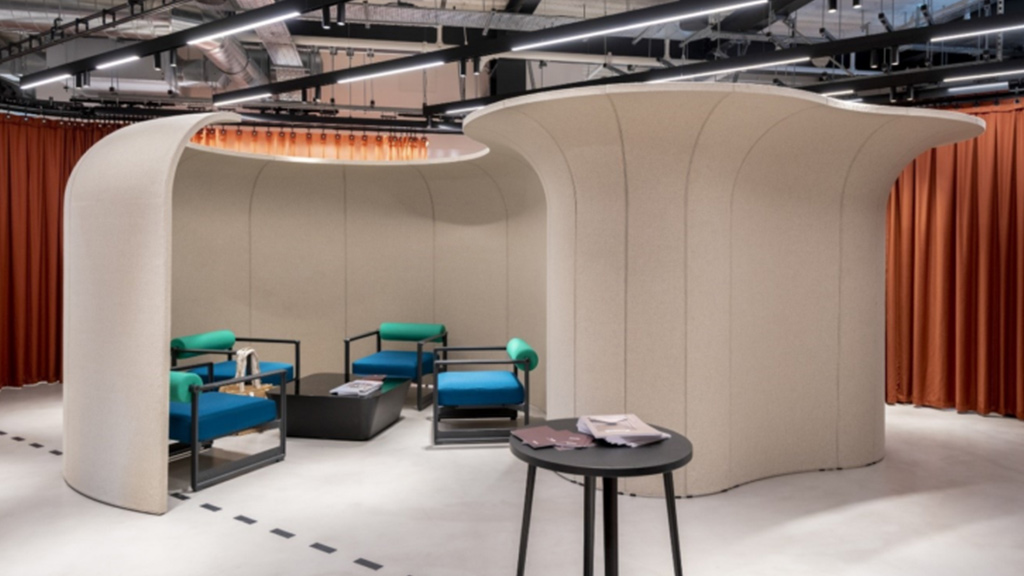
In The Media
![]() Officeinsight
Officeinsight
Gensler Awarded Le French Design 100 for Aeonica, a Furniture Design Concept by Gensler for Spacestor
Gensler Paris Managing Director Philippe Paré noted how the line “provides a versatile and flexible toolkit that supports the needs of the workspace of the future.”
January 19, 2024

In The Media
![]() Metropolis
Metropolis
Gensler’s Scott Star Explains Why the Specifier’s Point of View is Key to Successful Product Design
Product Development Leader Scott Star’s team collaborates with manufacturers to design product solutions for the built environment, from ADA compliant millwork pulls to wall systems.
July 05, 2023
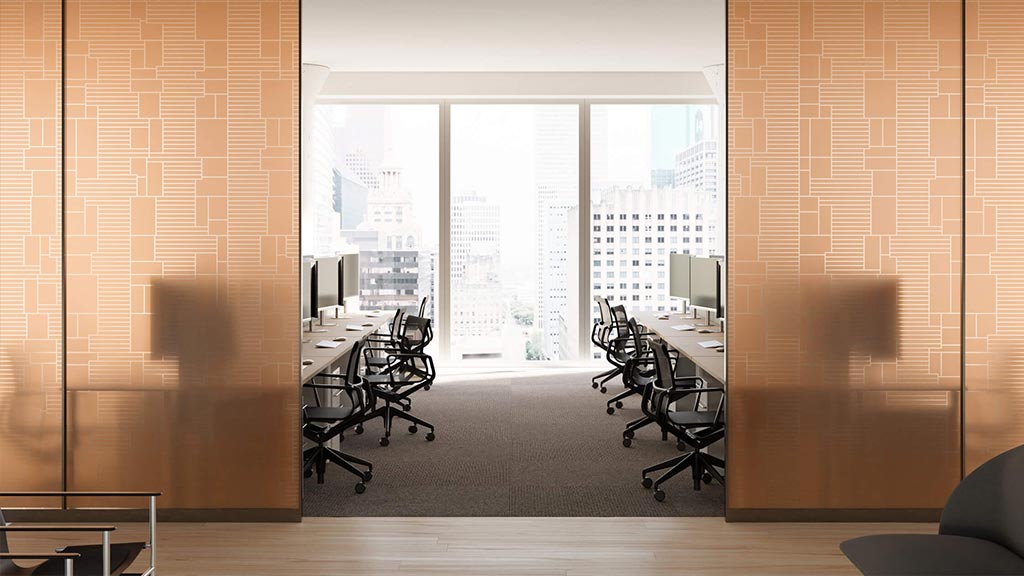
In The Media
![]() Green Building & Design
Green Building & Design
Gensler and 3form Are Designing Products for Flexible, Inclusive Workplaces
gb&d interviewed Gensler’s Scott Star about why modern office design needs to promote flexibility and offer inclusive spaces that enable productivity and innovation.
June 14, 2023

In The Media
![]() Specify
Specify
Specify Profiled Gensler Product Development Leader Scott Star
Scott Star discussed the benefits of leveraging the knowledge gained from the firm’s architecture and interiors projects to inform its product design work.
June 05, 2023
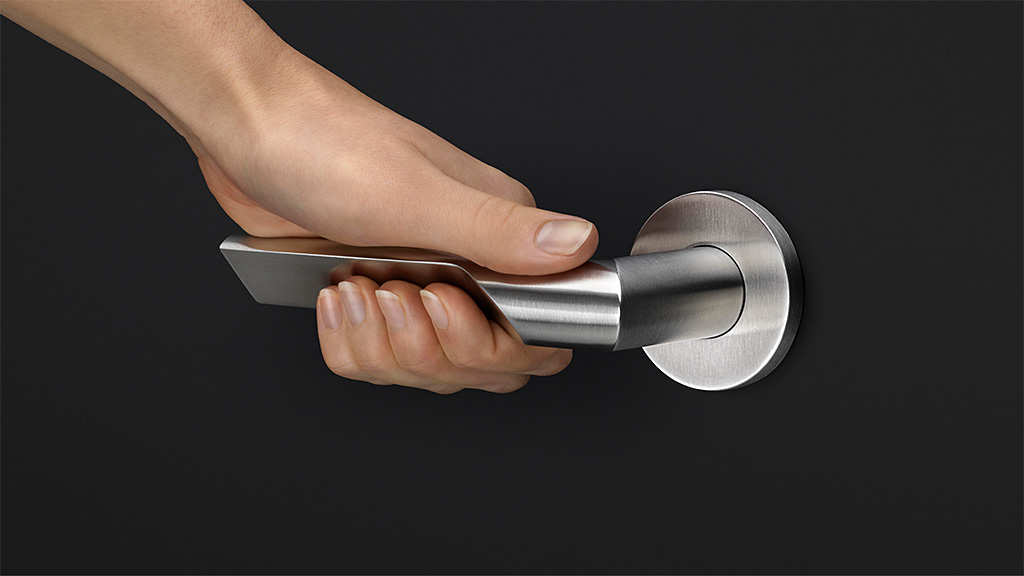
In The Media
![]() Officeinsight
Officeinsight
Officeinsight Features Formani’s “Haptically Engaging” RIVIO Collection, Designed with Gensler
The hardware collection, designed in partnership with Gensler, is suited for a range of settings including hospitality, residential, office, and retail spaces.
March 20, 2023
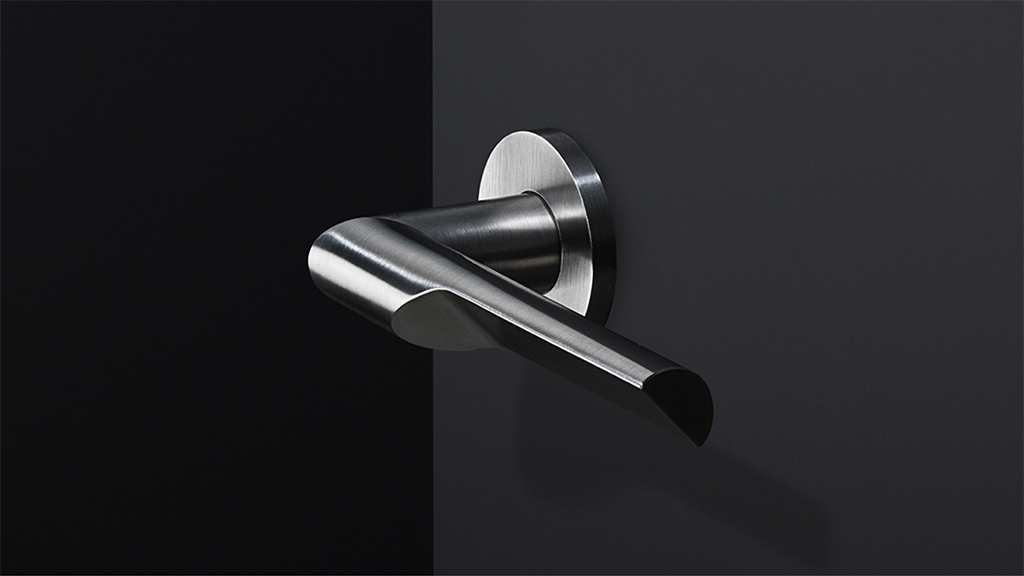
In The Media
![]() Inspire Design
Inspire Design
The RIVIO Collection, a Collaboration Between Formani and Gensler, Offers an “Ergonomic and Elegant” Solution
Inspire Design shared details on the RIVIO collection, a stainless steel handle solution available in a range of finishes, that’s designed to make opening and closing easier.
February 17, 2023
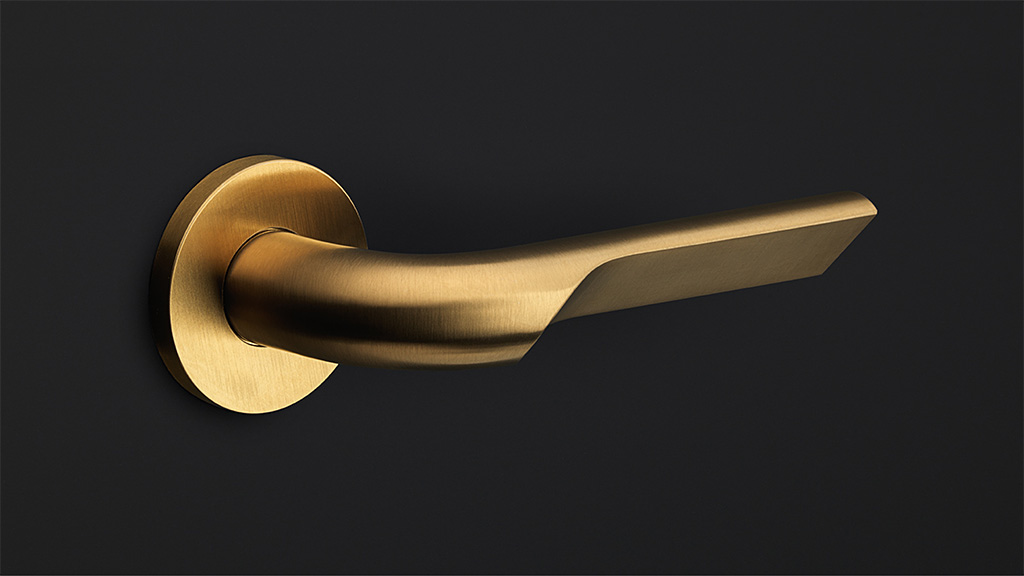
In The Media
![]() Commercial Design India
Commercial Design India
Formani Launches RIVIO Collection, Designed in Collaboration With Gensler
Commercial Design India highlighted the new, uniquely ergonomic collection of architectural hardware, designed by Formani in collaboration with Gensler.
February 17, 2023
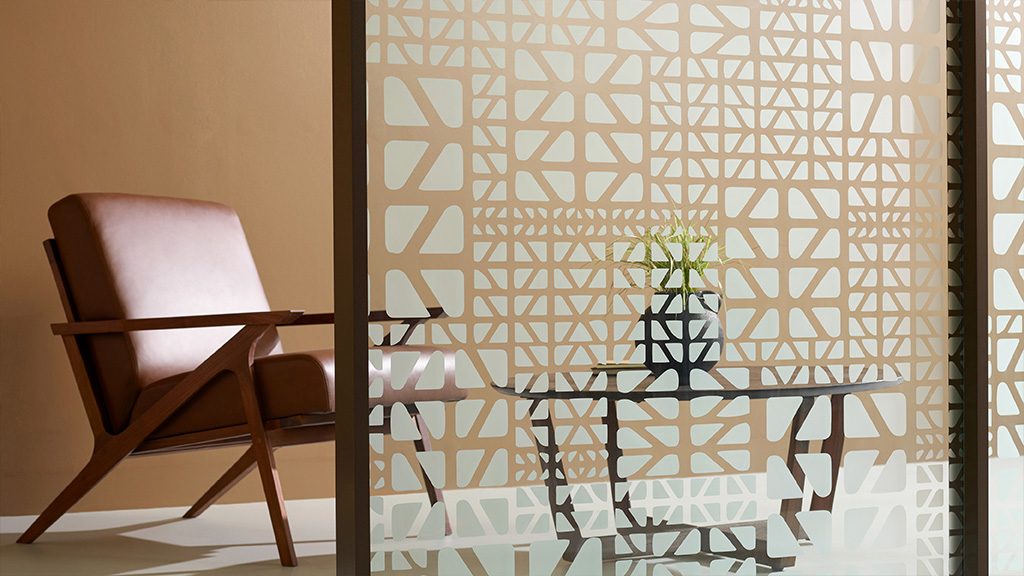
In The Media
![]() AZURE Magazine
AZURE Magazine
Global Expressions Collection by 3form and Gensler
Award-winning manufacturer 3form proudly introduces its first collaboration with Gensler.
October 03, 2022
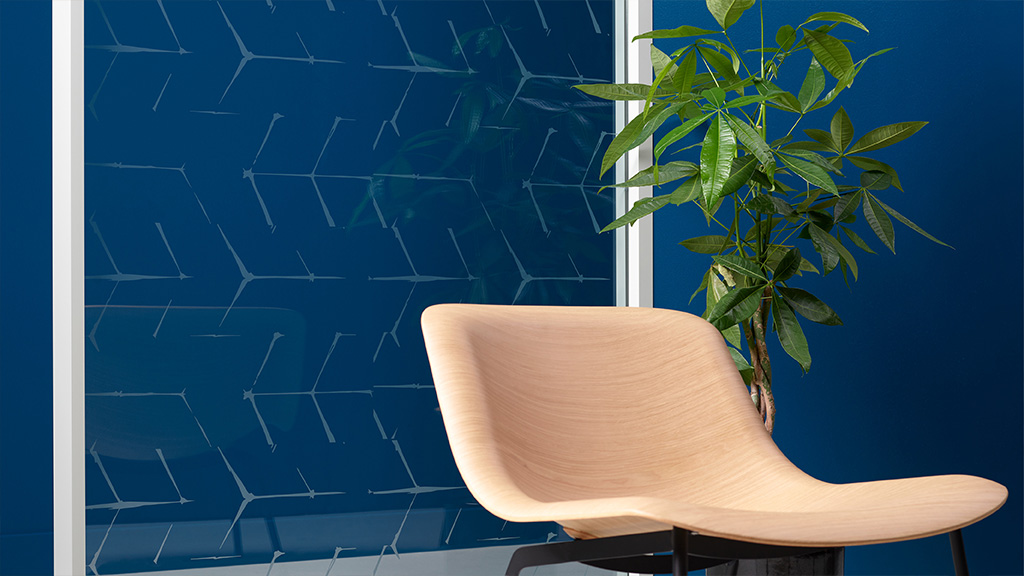
In The Media
![]() Design Milk
Design Milk
Global Expressions Collections Co-Created by 3form and Gensler
Design Milk spotlights a new, globally-inspired pattern collection for Varia resin panels and etched glass.
September 29, 2022
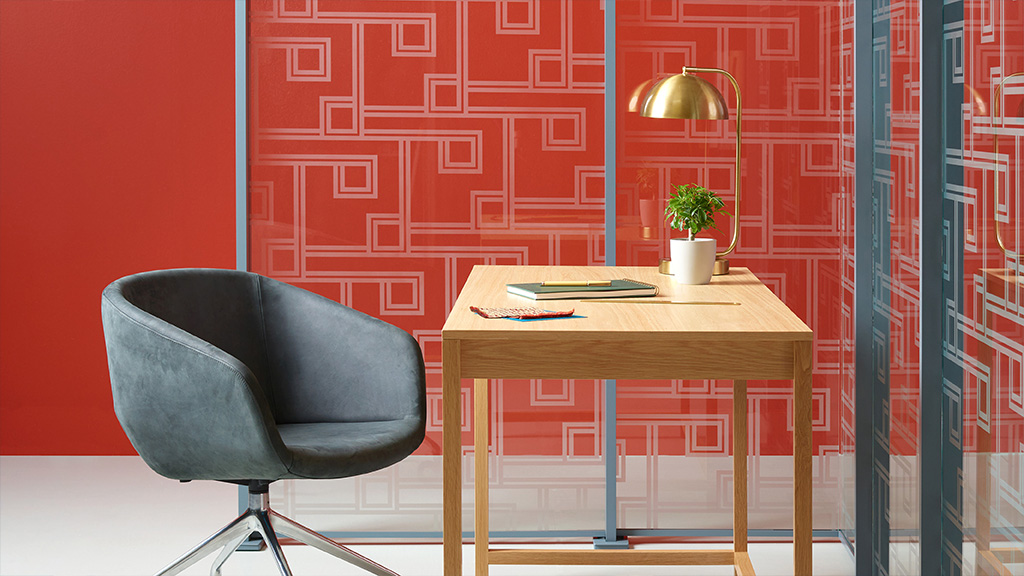
In The Media
![]() Officing
Officing
3form’s New Collection Designed in Collaboration with Gensler
Officing featured 3form’s globally inspired patterns for translucent Varia and etched glass.
September 29, 2022
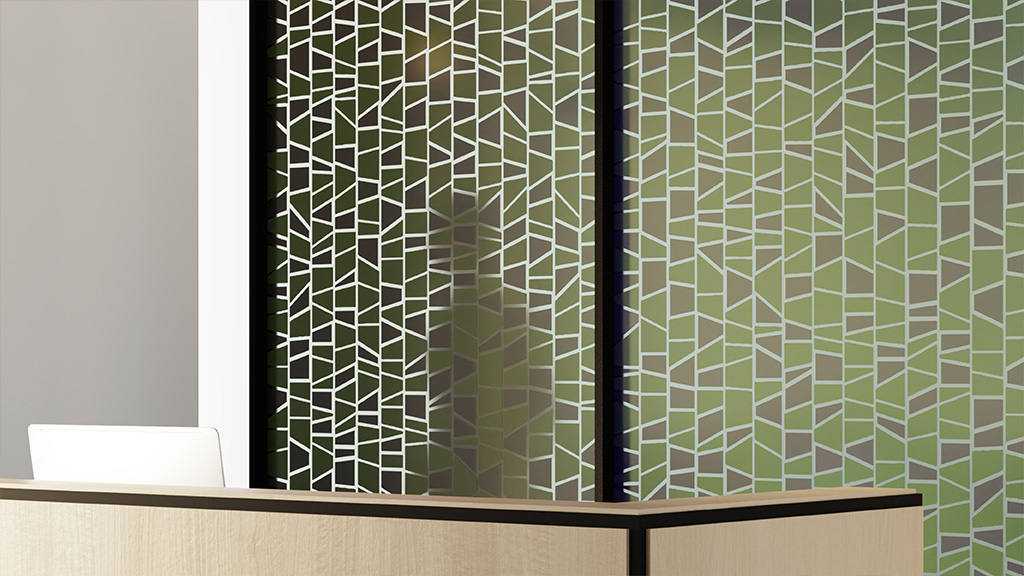
In The Media
![]() Dezeen Showroom
Dezeen Showroom
3form and Gensler’s Global Expressions Pattern Collection
Designed in collaboration with Gensler, 3form’s Global Expressions pattern collection was covered in Dezeen Showroom.
September 26, 2022
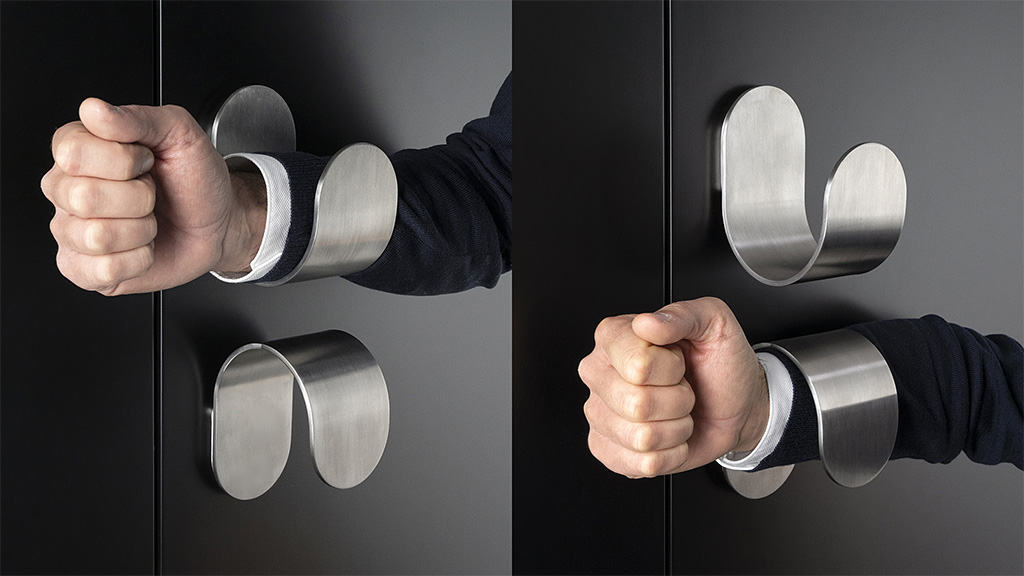
In The Media
![]() European Product Design Award
European Product Design Award
Hands-Free Pulls
Hands-Free Pulls, designed by Gensler, was awarded a 2022 European Product Design Award in the Design for Society/Designs for Social Impact category.
August 30, 2022
